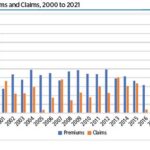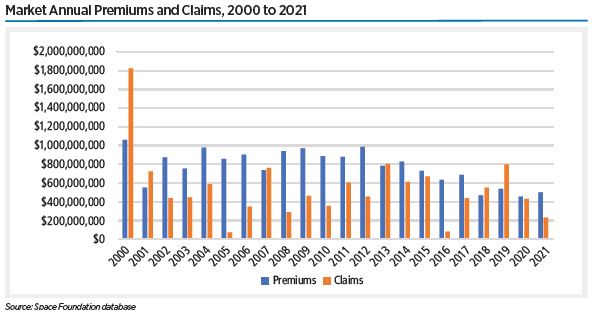Economy
ESA Sending Heroic, Fictional Sheep Aboard Artemis I

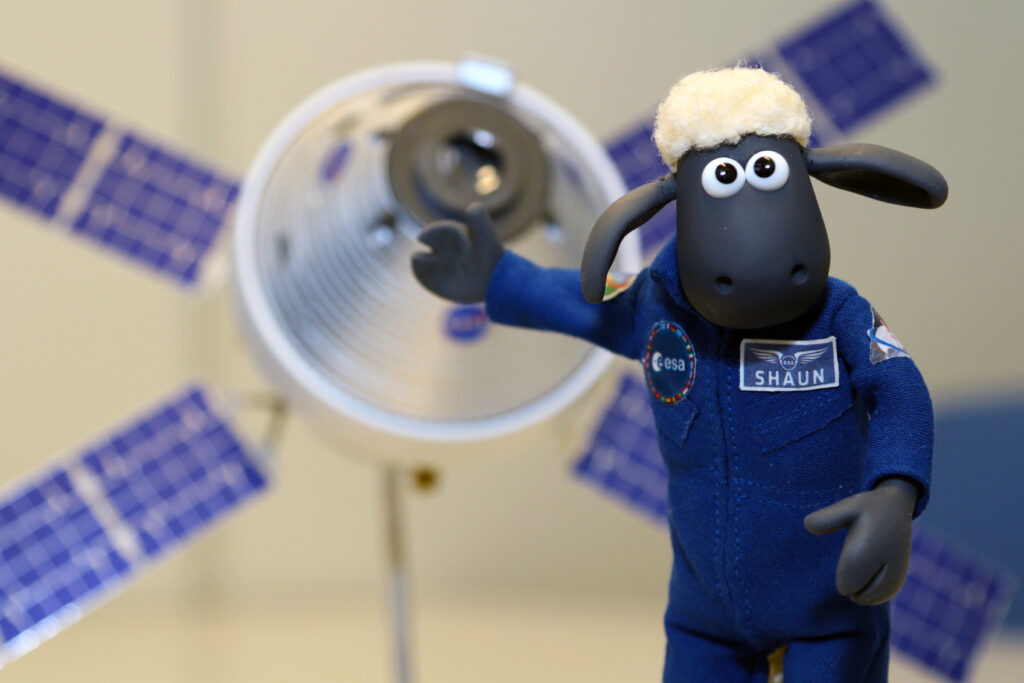
NASA says its Artemis I flight set to launch as soon as late August will be an uncrewed lunar fly-by. The Paris-based European Space Agency would beg to differ. Shaun is leaving the happy confines of Mossy Bottom Farm to lead the flight around the Moon, an agency press release announced.
Quilty Analytics 2022 Q2 Quarterly Transactional Update


After a downshift in announced deal volumes in the first quarter of 2022, volumes in the second quarter remained well below those experienced in 2021. Merger and acquisition interest and activity has been reasonably resilient in the face of macroeconomic volatility, but public capital markets activity has been tepid, bordering on non-existent.
The S-Network Space Index℠ First Half 2022 Performance
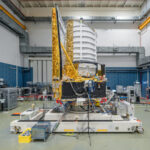
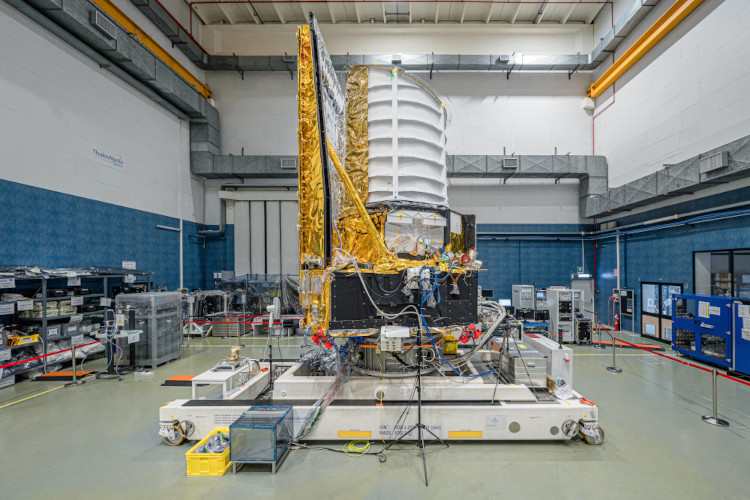
The S-Network Space Index℠ tracks a global portfolio of publicly traded companies that are active in space-related businesses such as . . .
U.S. Space Spending Ensnared in Congressional Budget Delays

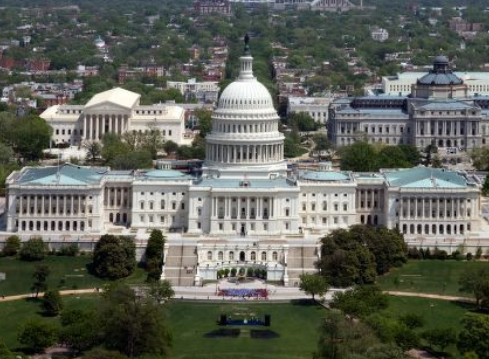
Election year budget wrangling and a tight congressional calendar could delay plans to boost U.S. government spending on civil and military space programs, some experts predict.
Government Space Spending Increases 19% from 2020 to 2021
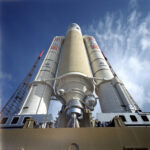
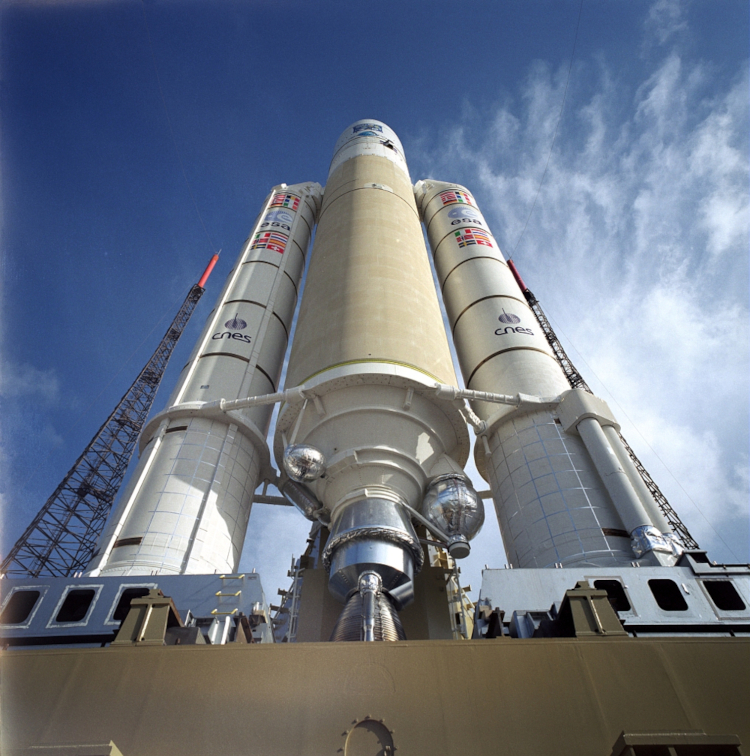
Total government space spending in 2021 reached $107 billion, a 19% increase from 2020, based on Space Foundation analysis. Space Foundation examined government space spending of 46 nations, including 14 nations new to the analysis this year.
2021 Global Space Economy Grows at Fastest Rate in 7 Years

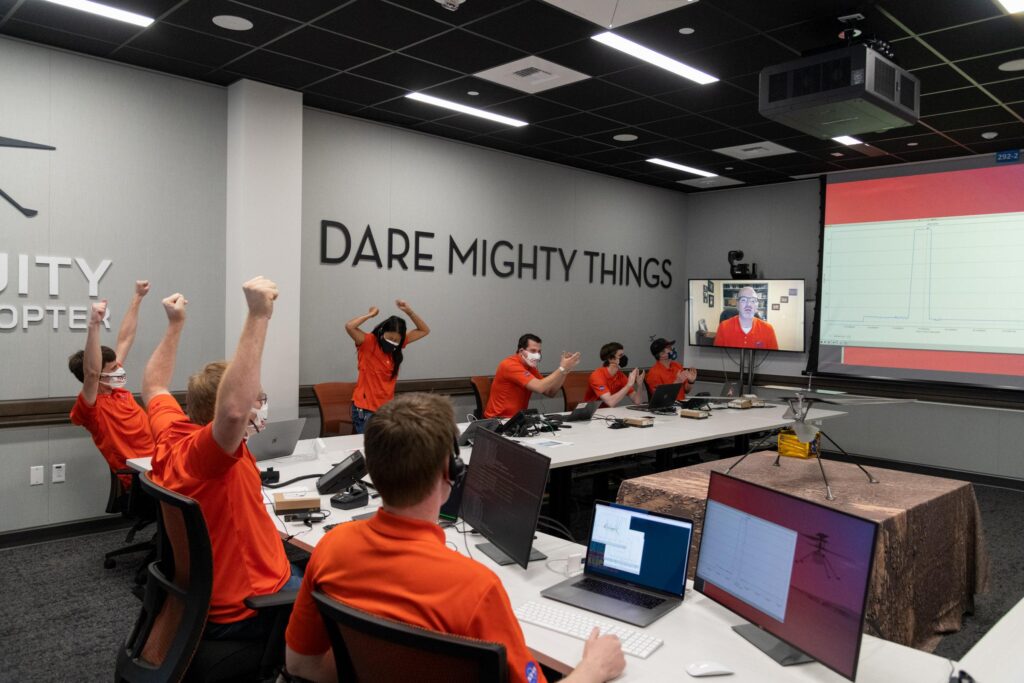
The global space economy continued to expand in 2021 to reach $469 billion. This record high also had the largest growth rate since 2014, growing 9% from a revised 2020 total of $431 billion.
Partisan Fight Threatens to Delay Pentagon, Space Force Budget


Republicans on the House Appropriations Committee sent warning signals on Wednesday that the Pentagon’s $762 billion spending plan for 2023 could snag in the Senate over hot-button policy provisions. . .
Market Annual Premiums and Claims, 2000 to 2021
State of Space 2022
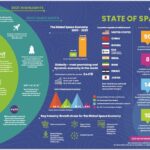
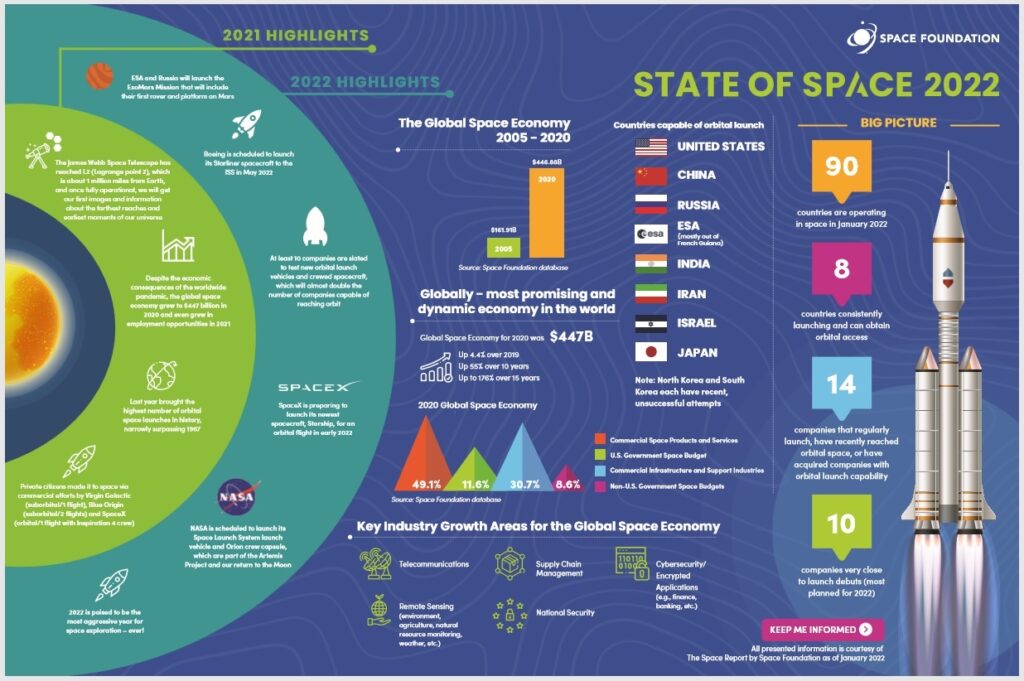
The Space economy hit $447 billion in 2021 and the pace of growth was expected to accelerate in 2022.
Insurers Finish 2021 in Black Despite Growing Debris, Congestion Worries
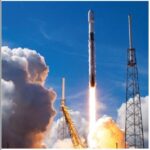
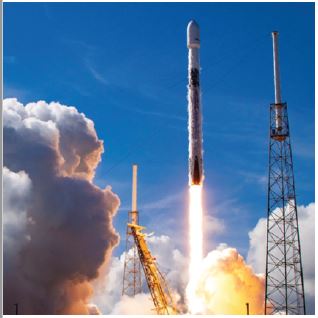
While increased congestion and debris from a Russian anti-satellite weapons test roiled insurance markets for some spacecraft in low Earth orbit, increases in launch reliability and a booming marketplace with historic numbers of satellites . . .
